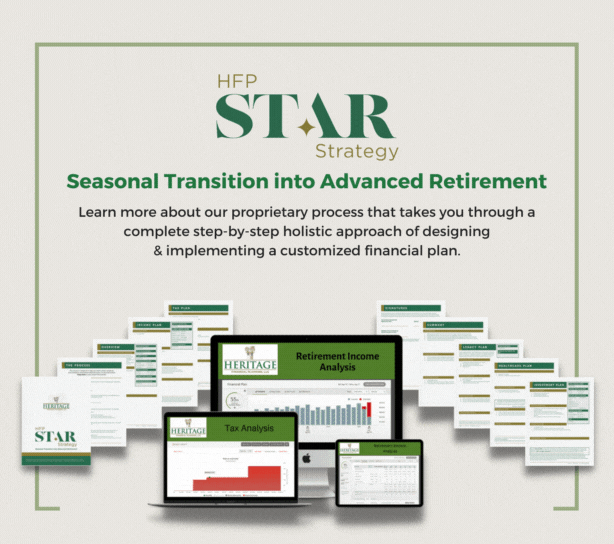Your Risk Tolerance in Retirement May Be Hurting You
Retirees often ask the same question: “Should I play it safe now that I’m retired?” But going too conservative with your investments can be just as dangerous as taking on too much risk.
If your retirement portfolio doesn’t strike the right balance between growth and safety, you might outlive your money—or expose yourself to unnecessary volatility.
Understanding the Real Risks in Retirement
When people think of risk, they often picture stock market crashes. But in retirement, risk takes many forms:
- Longevity Risk: Living longer than expected and running out of money.
- Inflation Risk: Losing purchasing power over time.
- Market Sequence Risk: Experiencing market downturns early in retirement that permanently damage your portfolio.
- Too Conservative Risk: Not generating enough growth to keep up with inflation and withdrawals.
Avoiding market exposure entirely may feel safe—but it could quietly erode your financial health over time.
How to Find Your Ideal Allocation
So, how do you strike the right balance between risk and reward? Here are some guidelines to help you stay on track:
1. Use a Goals-Based Allocation Approach
Segment your assets into short-, mid-, and long-term goals. For example:
-
- Short-term (1–3 years): Cash, CDs, money markets.
- Mid-term (3–7 years): Bonds, conservative funds.
- Long-term (7+ years): Stocks and growth assets.
2. Don’t Abandon Stocks Entirely
Even in retirement, you may need stock exposure to outpace inflation and support long-term income. A diversified mix of large-cap U.S., international, and dividend-paying stocks can help reduce volatility.
3. Rebalance Regularly
The market moves—so should your allocation. Rebalancing annually keeps your risk exposure aligned with your original plan.
4. Consider Risk Tolerance and Risk Capacity
Risk tolerance is how much volatility you can emotionally handle. Risk capacity is how much you can afford to take. Your investment strategy should honor both.
Avoid Emotion-Driven Investment Mistakes
Making emotional decisions—like pulling out of the market during a dip or chasing gains during a boom—can devastate your long-term outlook. A balanced, disciplined investment strategy helps reduce emotional reactions and improves outcomes.
Rather than guessing whether you’re too conservative or too aggressive, it pays to work with a professional who can create a strategy tailored to your goals, needs, and time horizon.
Let’s Align Your Investment Risk With Your Retirement Reality
At Heritage Financial Planning, our HFP S.T.A.R. Strategy (Seasonal Transition into Advanced Retirement) helps retirees develop portfolios that evolve with their lives. We help you build a strategy that balances growth, protection, and income—so you can stay invested with confidence, no matter the market.
Schedule your personal portfolio alignment session and take the guesswork out of your investment decisions.

Click here to learn more about our HFP STAR Strategy process.
Sources:
• Vanguard: Retirement Portfolio Allocation Guidelines – https://www.vanguard.com
• Morningstar Research on Retirement Risks – https://www.morningstar.com
• Fidelity Investment Planning – https://www.fidelity.com
• Heritage Financial Planning: https://heritagefinancialplanning.net/about/heritage-financial-star-strategy/












